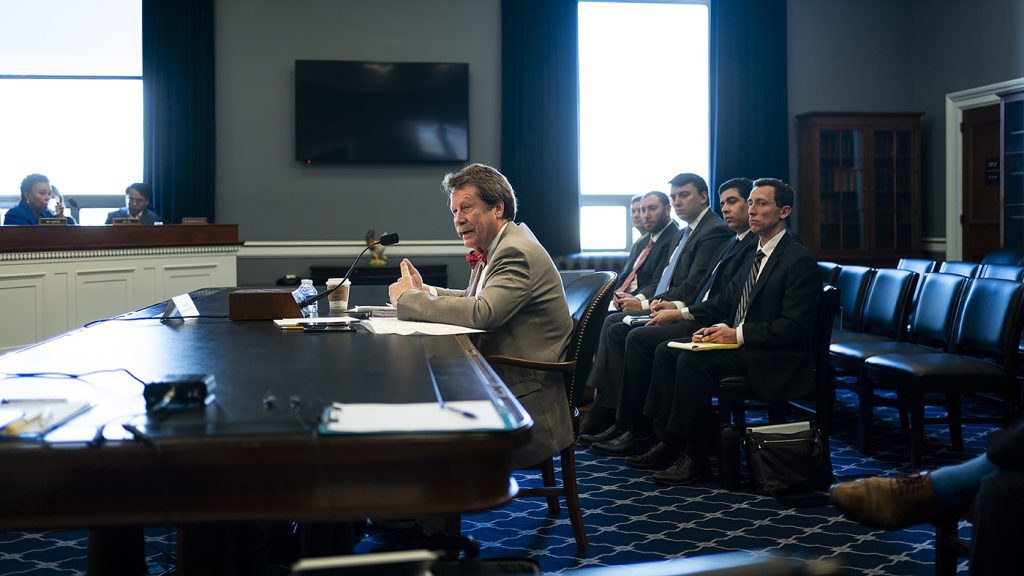The FDA is preparing in case the current avian flu in the U.S. spreads to humans widely, the agency’s leader told senators Wednesday.
FDA Commissioner Robert Califf told the Senate Appropriations Committee that although the risk to humans is low and dairy products are safe, the FDA and other agencies are working to increase medical countermeasures.
“So we have to have testing. Need antivirals, and we need to have a vaccine ready to go. So we’ve been busy, getting prepared in case the virus mutates and spreads into humans on a larger scale,” Califf said.
Califf said there’s a chance that the H5N1 virus could spread from birds to humans and infect the lungs.
“That would make it possibly transmissible through the airways, which would be really bad,” he said.
Califf emphasized the public health risk is low, but the agency doesn’t want to be caught unprepared. The mortality rate for cattle is less than 1 percent, and the virus has so far caused mostly mild illness.
But it could be spreading without showing symptoms, and Califf said dairy farmers and workers need to be protected with personal protective equipment (PPE). The use of PPE is routine in the poultry industry, but it’s new for the cattle industry, and Califf said he recognizes implementation will take time.
“If we implement the countermeasures now and reduce the spread of the virus now, then we’re much less likely to see a mutation that spreads to humans for which we’re ill-prepared,” Califf said.
The current bird flu strain has infected 36 dairy cattle herds across nine states; Colorado, Idaho, Kansas, Michigan, New Mexico, North Carolina, Ohio, South Dakota and Texas, according to the Centers for Disease Control and Prevention.
There’s been just one documented case of human infection to date, which was found in a farmworker in Texas. His only symptom was conjunctivitis, from which he recovered.
Califf said the FDA is confident vaccine production can be scaled up if needed, and the existing mRNA platforms can be deployed to match new strains.
“We are in a favorable position compared to any time in the history of the world,” Califf said. “Viruses are relatively simple, so developing a matching vaccine is entirely possible in a short period of time.”
But, he added, “we have to have the funding to keep the source warm.”









